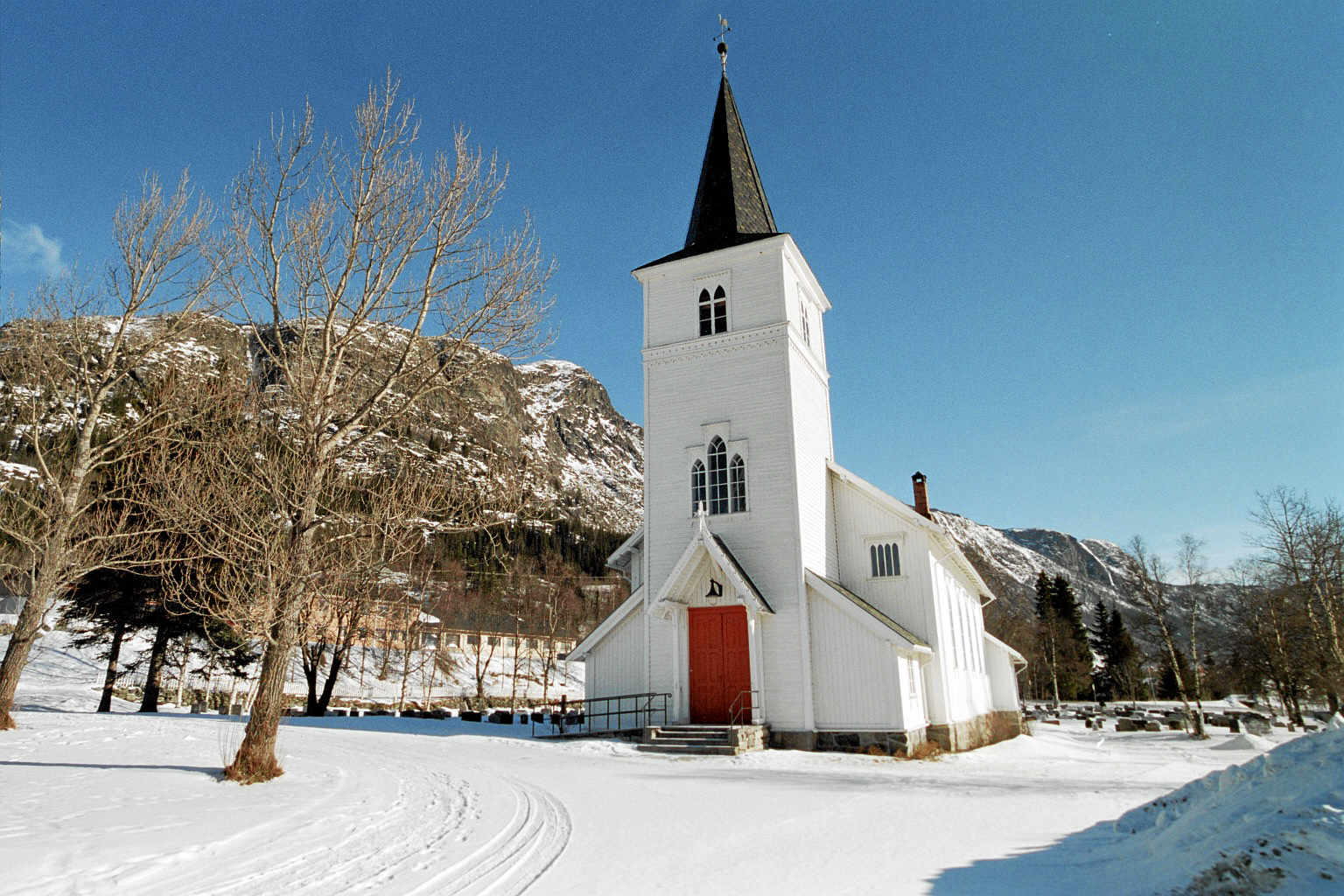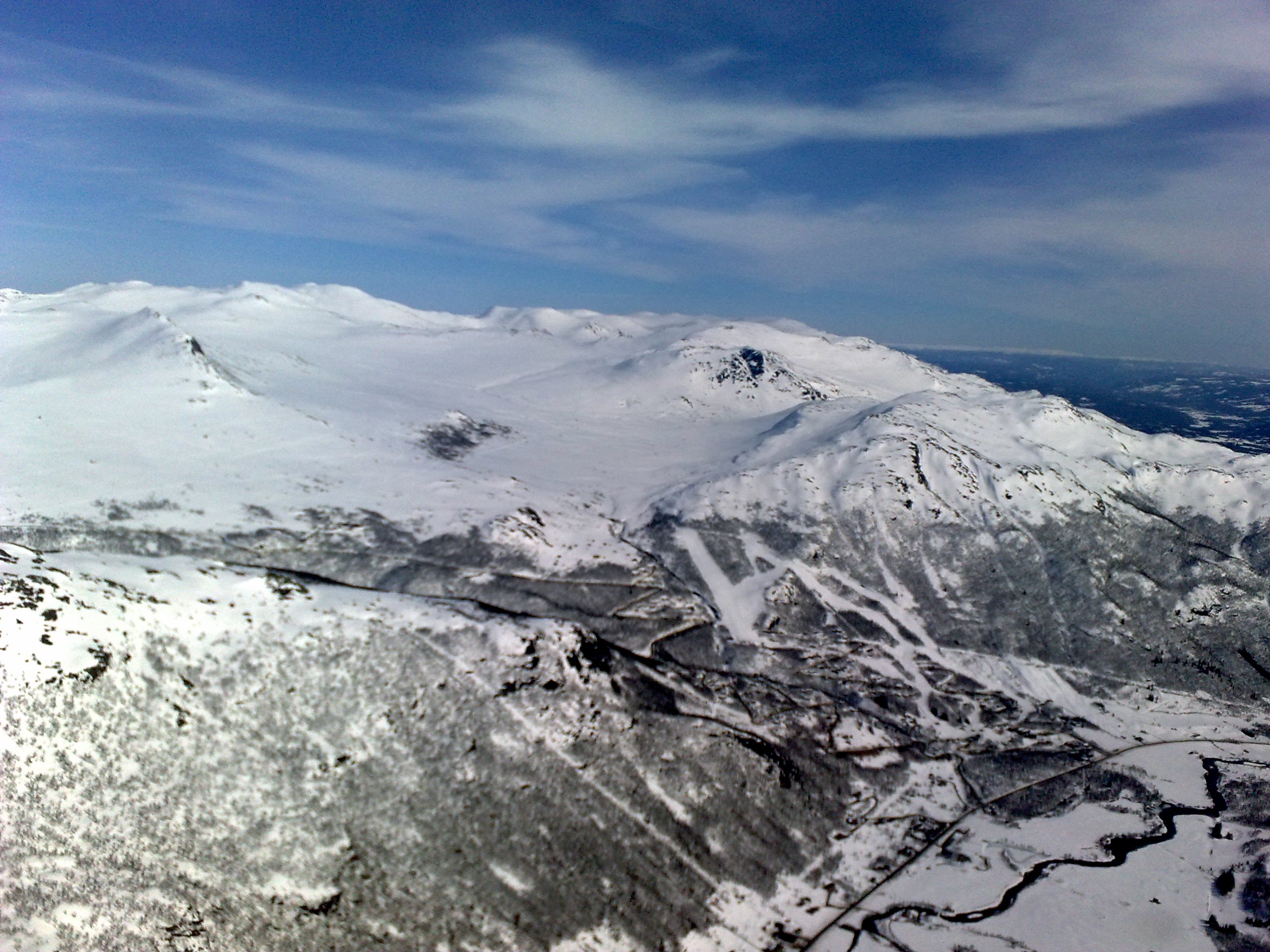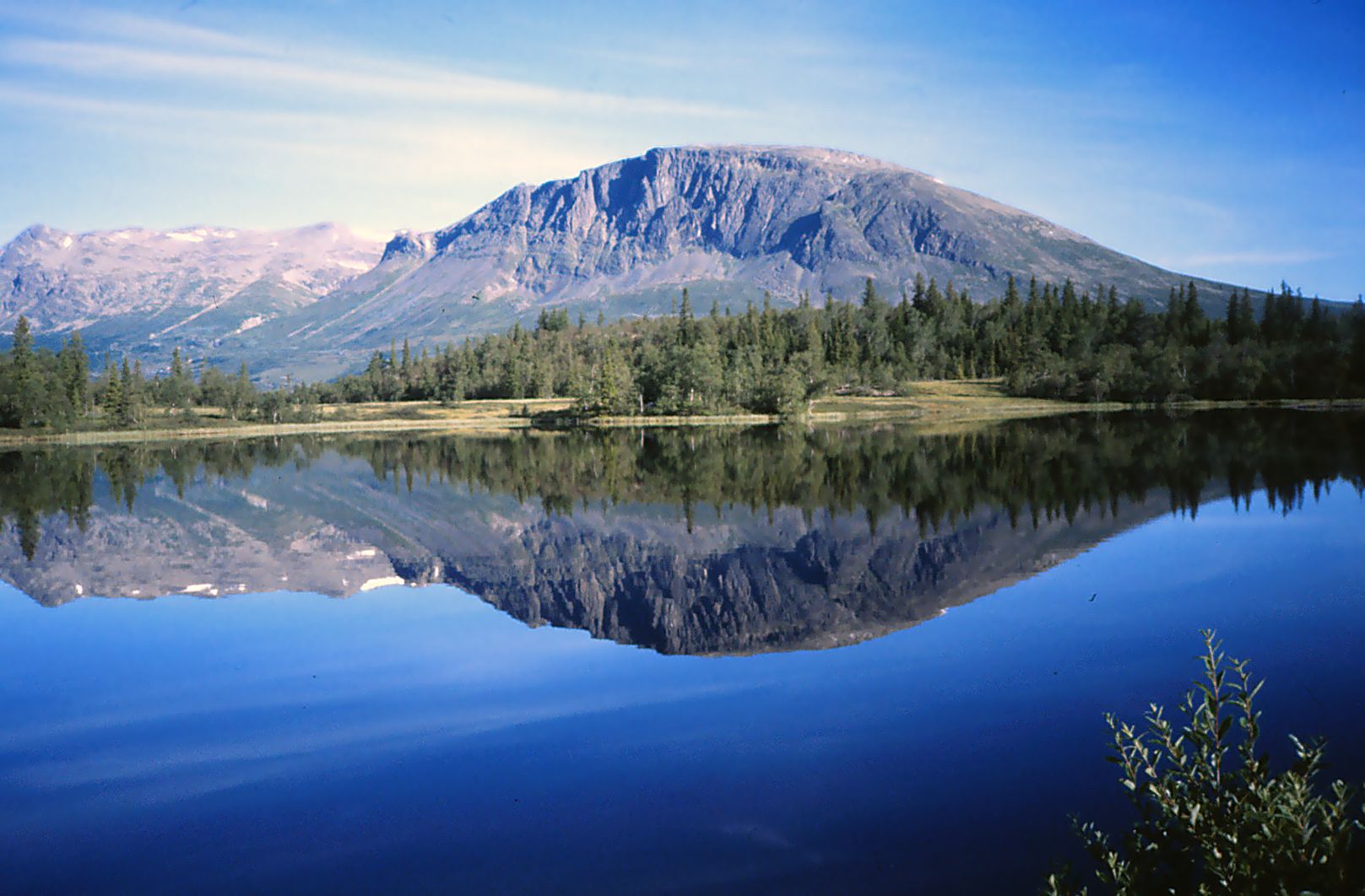Hemsedal on:
[Wikipedia]
[Google]
[Amazon]
Hemsedal is a



 Skogstad Hotell was completed in 1905 as the first hotel in the village. Before that, in the latter half of the 19th century, a road had been built through the village with the hope that it would become a major route to
Skogstad Hotell was completed in 1905 as the first hotel in the village. Before that, in the latter half of the 19th century, a road had been built through the village with the hope that it would become a major route to


Storelia.no Hemsedal Skisenter is the second largest
File:Hemsedal kommunehus IMG 1379.JPG, Hemsedal Community Office
File:Hemsedal bibliotek IMG 1387.JPG, Hemsedal Library
File:Skogshorn.jpg, Skogshorn in winter
File:SkogshornBuskerudSummer.jpg, Skogshorn in Summer
File:Tisleifjorden dam.jpg, Tisleifjorden Dam
File:Hydnefossen4.jpg, Hydnefossen
File:Fausko skysstasjon - flyfoto - norway.jpg, Fausko Skysstasjon
Hemsedal kommune websiteHemsedal Skisenter websiteSkogstad Hotell website
{{Authority control Hallingdal Municipalities of Viken (county) Valleys of Viken Villages in Viken (county) Ski areas and resorts in Norway
municipality
A municipality is usually a single administrative division having corporate status and powers of self-government or jurisdiction as granted by national and regional laws to which it is subordinate.
The term ''municipality'' may also mean the go ...
in Viken
Viken may refer to:
*Viken, Scandinavia, a historical region
*Viken (county), a Norwegian county established in 2020
*Viken, Sweden, a bimunicipal locality in Skåne County, Sweden
*Viken (lake), a lake in Sweden, part of the part of the Göta cana ...
county
A county is a geographic region of a country used for administrative or other purposes Chambers Dictionary, L. Brookes (ed.), 2005, Chambers Harrap Publishers Ltd, Edinburgh in certain modern nations. The term is derived from the Old French ...
, Norway
Norway, officially the Kingdom of Norway, is a Nordic country in Northern Europe, the mainland territory of which comprises the western and northernmost portion of the Scandinavian Peninsula. The remote Arctic island of Jan Mayen and the ...
. It is part of the traditional region
Historical regions (or historical areas) are geographical regions which at some point in time had a cultural, ethnic, linguistic or political basis, regardless of latterday borders. They are used as delimitations for studying and analysing social ...
of Hallingdal
Hallingdal ( en, Halling Valley) is a valley as well as a traditional district located in the traditional and electoral district Buskerud in Viken county in Norway. It consists of six municipalities: Flå, Nes, Gol, Hemsedal, Ål and Hol.
...
. The administrative centre of the municipality is the village of Trøym. Hemsedal lies on the Norwegian National Road 52 (Rv 52). Hemsedal is located northwest of Oslo
Oslo ( , , or ; sma, Oslove) is the capital and most populous city of Norway. It constitutes both a county and a municipality. The municipality of Oslo had a population of in 2022, while the city's greater urban area had a population ...
and from Bergen
Bergen (), historically Bjørgvin, is a city and municipality in Vestland county on the west coast of Norway. , its population is roughly 285,900. Bergen is the second-largest city in Norway. The municipality covers and is on the peninsula o ...
. In 1897, Hemsedal was separated from the municipality of Gol to become a municipality of its own.
General information
Name
TheOld Norse
Old Norse, Old Nordic, or Old Scandinavian, is a stage of development of North Germanic dialects before their final divergence into separate Nordic languages. Old Norse was spoken by inhabitants of Scandinavia and their overseas settlemen ...
form of the name was ''Hemsudalr''. The second element is ''dalr'', which means "dale" or "valley"; the first element is usually taken as the genitive case of the river name ''Hemsa'' (now Hemsil) of unknown derivation, although Sophus Bugge believed that it might derive from the Old Norse
Old Norse, Old Nordic, or Old Scandinavian, is a stage of development of North Germanic dialects before their final divergence into separate Nordic languages. Old Norse was spoken by inhabitants of Scandinavia and their overseas settlemen ...
''hemsa'', ''hefnsa'' or ''hofn'', meaning "going to pasture". The Norwegian
Norwegian, Norwayan, or Norsk may refer to:
*Something of, from, or related to Norway, a country in northwestern Europe
* Norwegians, both a nation and an ethnic group native to Norway
* Demographics of Norway
*The Norwegian language, including ...
word ''hems'' ("bed built in a small loft room") is named after the valley of Hemsedal.
Coat-of-arms
Thecoat-of-arms
A coat of arms is a heraldic visual design on an escutcheon (i.e., shield), surcoat, or tabard (the latter two being outer garments). The coat of arms on an escutcheon forms the central element of the full heraldic achievement, which in its w ...
is from modern times. The arms were granted on 2 October 1992 and were designed by Stein Davidsen. The arms show a gold lynx head on a red background.
History


Early history
Hemsedal stave church (''Hemsedal stavkyrkje'') is believed to have been built between 1207 and 1224, and is first mentioned, as ''Ecclesia Aamsodal'', in the accounts and diaries of the Papal nuncios sent to Scandinavia to collecttithe
A tithe (; from Old English: ''teogoþa'' "tenth") is a one-tenth part of something, paid as a contribution to a religious organization or compulsory tax to government. Today, tithes are normally voluntary and paid in cash or cheques or more ...
s in 1282–1324. In 1327 it was also mentioned under the name ''Skodvinar Kirkja i Hemsudali''; this refers to alternate names of the farm where it stood, ''Kyrkjebøen'': ''Skodvin'' and ''Skadengård''. The church was dismantled in 1882.
Hemsedal Church (''Hemsedal kyrkje'') was built during 1882 as a replacement for Hemsedal stave church. It was constructed of wood on the basis of plans by architect Johannes Henrik Nissen
Johannes Henrik Nissen ( 21 April 1848 – 4 June 1915) was a Norwegian architect.
Personal life
He was born in Oslo, Christiania as a son of school manager Hartvig Nissen (1815–1874) and Karen Magdalena Aas (1820–1900). He was a great-gran ...
. It has 500 seats. The organ was built in 1888 by Olsen & Jørgensens orgelfabrikk and was restored in 1976. The church is associated with the Hallingdal deanery of the Diocese of Tunsberg
Tunsberg is a diocese of the Church of Norway. It includes parishes located within the counties of Vestfold and Buskerud, with the cathedral located in Tønsberg. The Diocese of Tunsberg consists of the cathedral deanery and 9 rural deaneries.
Hi ...
.
Hemsedal's economy has traditionally been based on agriculture. The valley had small and medium-sized farms that were widely scattered on the valley bottom on both sides of the river and along the slopes. Because of the high altitude, farming has concentrated for the most part on livestock and dairy, and use of summer shielings has been important for the farms, which could not find sufficient pasturage in the valley bottom. Most therefore had milking stations on the shielings.
In the 1647 cadastre there was only one farm in Hemsedal large enough to pay full taxes; there were 24 liable for half taxation and 15–16 assessed as disused. In addition, there were a number of enterprises that were not assessed tax. The estimated population was about 400 (the exact number is unknown). Until the mid-19th century, the population increased steadily. In 1845 there were 1,775 people in the village. However, the population declined again over the next 75 years. In 1920 it had fallen to 1,358, before once more starting to increase.
Recent history

Western Norway
Western Norway ( nb, Vestlandet, Vest-Norge; nn, Vest-Noreg) is the region along the Atlantic coast of southern Norway. It consists of the counties Rogaland, Vestland, and Møre og Romsdal. The region has no official or political-administrativ ...
. However, things changed dramatically with the opening of the Bergen Railway in 1909. Hemsedal once more became a detour, while upper Hallingdal took over as the main route.
After the World War II
World War II or the Second World War, often abbreviated as WWII or WW2, was a world war that lasted from 1939 to 1945. It involved the vast majority of the world's countries—including all of the great powers—forming two opposing ...
, new places to stay were established in the valley, such as Vangen Pensjonat (inn) at Tuv (1947) and Lykkjaheim Pensjonat (1953). A tourist agency was established in 1939 and in 1952 suggested building a ski lift
A ski lift is a mechanism for transporting skiers up a hill. Ski lifts are typically a paid service at ski resorts. The first ski lift was built in 1908 by German Robert Winterhalder in Schollach/Eisenbach, Hochschwarzwald.
Types
* Aerial ...
in Hemsedal, but this did not happen until 1959, when Fossheim Pensjonat created the Tottenheisen, a ski lift behind the inn at Ulsåk, serving the first piste in the village, Tottenløypa. However, this lift was torn down in 1961.
Hemsedal Skisenter opened at Holdeskaret in 1961, and a few years later, planning began for tourist development. Over the five years beginning in 1980, a series of new businesses aimed at tourists were established. The first chairlift, Olaheisen, opened in 1983. Tourism has continued to grow in economic significance for Hemsedal. More than half of visitors come from abroad. Hemsedal is now also popular in the summer season, due to opportunities for fishing, hiking, climbing, cycling, golf and other activities.
Geography
The municipality is bordered to the north by Vang andVestre Slidre
Vestre Slidre is a municipality in Innlandet county, Norway. It is located in the traditional district of Valdres. The administrative centre of the municipality is the village of Slidre. Other villages in Vestre Slidre include Lomen and Røn.
...
(both in Oppland
Oppland is a former county in Norway which existed from 1781 until its dissolution on 1 January 2020. The old Oppland county bordered the counties of Trøndelag, Møre og Romsdal, Sogn og Fjordane, Buskerud, Akershus, Oslo and Hedmark. The c ...
county), to the east by Nord-Aurdal
Nord-Aurdal is a municipality in Innlandet county, Norway. It is located in the traditional district of Valdres. The administrative centre of the municipality is the town Fagernes. Other urban centres in Nord-Aurdal include the villages of Au ...
(in Oppland county) and Gol, to the south by Ål and Hol, and to the west by Lærdal
Lærdal is a municipality in Vestland county, Norway. It is located on the south side of the Sognefjorden in the traditional district of Sogn. The administrative center of the municipality is the village of Lærdalsøyri. The old Filefjell Kon ...
(in Vestland
Vestland is a county in Norway established on 1 January 2020. The county is located in Western Norway and it is centred around the city of Bergen, Norway's second largest city. The administrative centre of the county is the city of Bergen, where t ...
county). Lakes in the region include Juklevatnet.


Tourism
One of the first tourists in Hemsedal was the Norwegian polar explorer Fritjof Nansen, who visited in 1898 and stayed at the Bjøberg Fjellstue. Today Hemsedal is a popular destination, with Hemsedal Skisenter the main attraction. About 70% of all visitors come in the winter season (December–May) and most of the remaining 30% in the summer months."Hemsedal facts"Storelia.no Hemsedal Skisenter is the second largest
ski
A ski is a narrow strip of semi-rigid material worn underfoot to glide over snow. Substantially longer than wide and characteristically employed in pairs, skis are attached to ski boots with ski bindings, with either a free, lockable, or partia ...
resort in Norway, with 44 km slopes. The ski centres in Hemsedal and Grøndalen were bought in 2000 by the Swedish company Sälenstjärnen, which changed its name the following year to SkiStar
SkiStar AB (marketed as skistar) is a Swedish leisure, tourism, property and retail company, listed on the Stockholm Stock Exchange. The core business is alpine skiing in Sweden and Norway, and the associated accommodation, ski schools and ren ...
. Skistar also owns Trysil Ski Centre, Sälen and Åre, Vemedalen and Hammarbybacken in Sweden.
Attractions
* Hemsedal Bygdetun is located at ''Øvre Løkji'' in the village of Ulsåk. ''Øvre Løkji'' is a museum farm from which there are several trails up into the mountains. Hemsedal's cross-country stadium is located at Gravset and is the starting point for a large network of trails to Lykkja and Gol, including of lighted trails. The museum has houses and artifacts from the early 18th century. * Rjukandefossen waterfall is located in the vicinity of the village of Tuv * Hemsedal Top 20 offers mountain climbing during summer months.Notable residents
* Josef Monsrud (1922-2009) was a Norwegian forester and resistance member during World War II. At the age of twenty he joined the resistance Osvald Group. He went through some initial training and was hired as a guard for the strictly illegal Communist Party of Norway which had a secret base in Hemsedal. * Kjell Venås ( 1927-2018) born in Hemsedal, was a Norwegianphilologist
Philology () is the study of language in oral and written historical sources; it is the intersection of textual criticism, literary criticism, history, and linguistics (with especially strong ties to etymology). Philology is also defined as th ...
. He spent most of his career at the University of Oslo as a lecturer and as a professor (1971 to 1997), specializing in research about the Nynorsk language form.
* Ingrid Wigernæs (born in Hemsedal 1928) is a retired Norwegian cross-country skier who won a silver medal in the 3×5 km relay at the 1966 World Championships.
* Sigrun Slapgard
Sigrun Slapgard (born 20 October 1953) is a Norwegian journalist and non-fiction writer.
Slapgard was born in Hemsedal, and graduated as cand.mag. from the University of Oslo in 1980. She has worked as journalist for NRK from 1988. Her 2002 boo ...
(born in Hemsedal 1953) a Norwegian journalist and non-fiction writer.
* Erik Wøllo
Erik Wøllo (born 1961) is a Norwegian composer and musician, guitarist and synthesist. He has a background in various genres in music. As a solo recording artist, he is most known for his electronic and ambient musical soundscapes. Music that ca ...
(born in Hemsedal 1961) is a Norwegian composer and musician, guitarist and synthesist. As a solo recording artist, he is most known for his electronic and ambient musical soundscapes.
* Hege Nerland (1966–2007) was a Norwegian politician for the Socialist Left Party. In 2003 she helped found the local party chapter in her native Hemsedal.
* Geir Skeie (born 1980) is a Norwegian chef and restaurateur, who worked at the Skarsnuten Hotel in Hemsedal.
* Eirik Markegård (born in Hemsedal 1984) is a Norwegian footballer who plays as a striker for the Norwegian fifth Division side Jardar.
* Erik Solbakken (born in Hemsedal 1984) is a Norwegian television presenter. Solbakken was one of the hosts of the Eurovision Song Contest 2010.
Sister cities
The following cities are twinned with Hemsedal:Gallery
See also
* Bjørnbakknosi * Hallingmål-Valdris * Rauberflaket * Såta * SvøoReferences
External links
Hemsedal kommune website
{{Authority control Hallingdal Municipalities of Viken (county) Valleys of Viken Villages in Viken (county) Ski areas and resorts in Norway